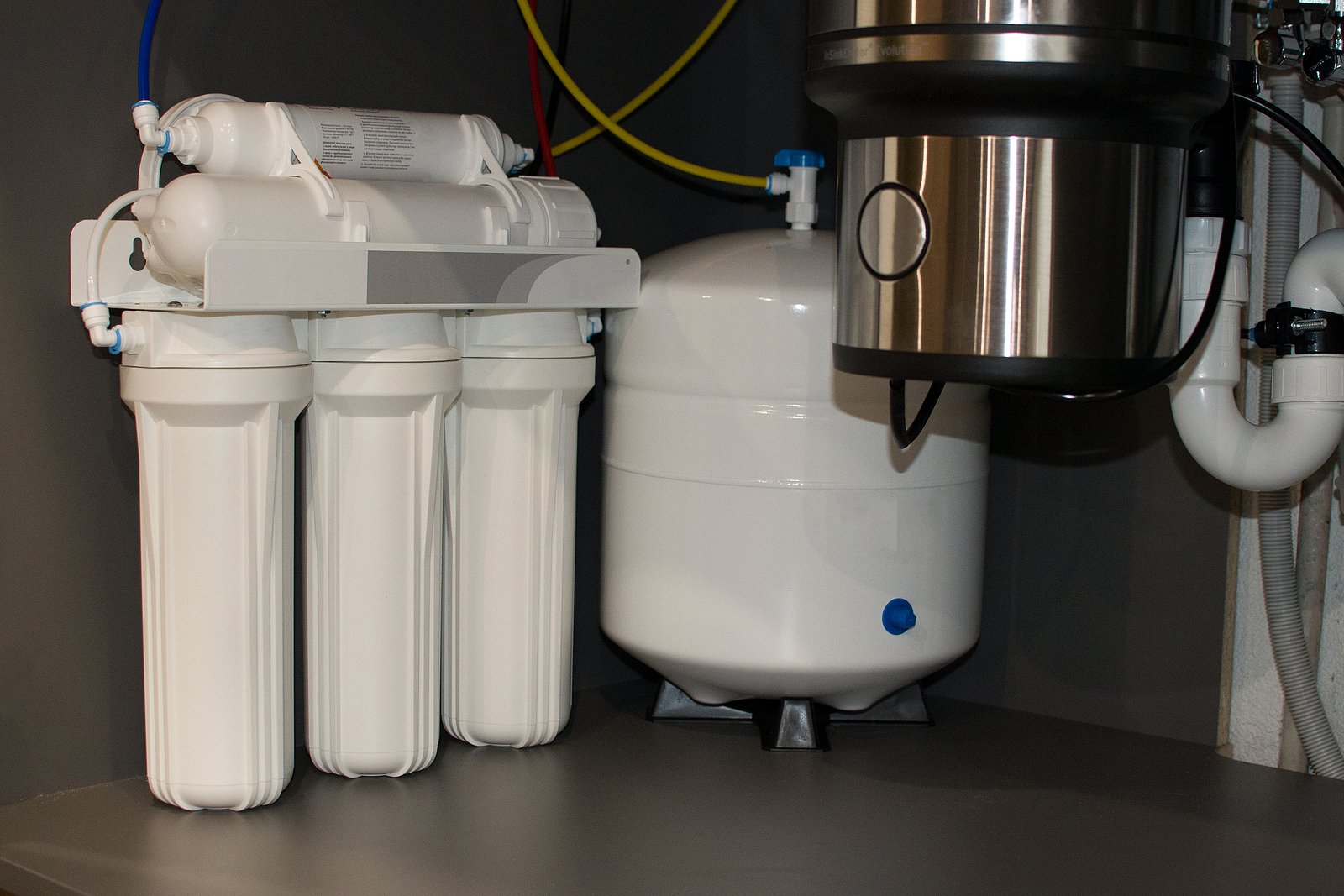33 Best Eastern Water and Health in My Area

Water Softening Setup, Reverse Osmosis, and Water Treatment
Water Softener Installation is a crucial process for homes struggling with water hardness. Water hardness, characterized by high mineral content, primarily calcium and magnesium, can result in numerous problems, such as scaling in pipes and devices, decreasing their effectiveness and lifespan. Installing a water softener can effectively tackle this problem. These devices function by replacing the calcium and magnesium ions in the water with sodium, thereby softening the water. While the process of installation, which involves attaching the water softener to your house's water main line, might seem simple, it is advised to employ a professional to guarantee safety and correct installation.
On the other hand, Reverse Osmosis and Treating Water are essential to cleaning water and making it safe for consumption for drinking. Reverse Osmosis is a process that filters water by forcing it through a semi-permeable membrane membrane under high pressure, efficiently getting rid of up to 99 percent of dangerous elements, including salts in water, bacteria, and pyrogens in water. Water treatment, a more general term, encompasses various methods like like disinfection, filtration, and distilling, each with its own advantages. The choice of method of methodology is based on the particular requirements of the water source and its intended use, emphasizing the importance of of frequent water testing of water quality.
Overview
In today's world, the importance of clean, safe, and soft water can not be overstated. This article will discuss three crucial elements of water purification: Water Softener Setup, Reverse Osmosis, and Water Treatment.
Water Softener Installation
Water softening systems are vital for homes with hardened water. Hardened water has high amounts of minerals like calcium ions and magnesium ions, which can cause scaling in pipes and appliances, reducing their effectiveness and lifespan.
Setting up a water softener is a sensible solution to this challenge. A water softener works by exchanging the calcium and magnesium ions ions in hard water with sodium ions, effectively softening the water. The installation method includes linking the water softener to your house's water supply line. It's recommended to employ a pro for the installation to guarantee it's done correctly and securely.
RO
Reverse Osmosis is an additional popular technique for filtering water. It functions by pushing water through a semi-permeable filter under pressure. This process eliminates up to 99% of dissolved in water salts in water, particles in water, organics, bacteria, and pyrogens in water from the water, rendering it safe to drink for consumption.
RO systems are commonly employed in both of domestic and commercial settings. They are comparatively easy to install and maintain, providing a trustworthy source of purified water.
Water Treatment
Water treatment is a vast phrase that covers various methodologies employed to make water safer for human use. In addition to water softening and RO, other common water purification methodologies involve disinfection (using chlorine treatment or UV light treatment), filtration, and distilling.
Every method has its advantages and is employed depending on the specific demands of the water source and its intended use. Frequent testing of of water quality of water is vital to ascertain the most efficient treatment method.
Ending
In conclusion, water softener installation, reverse osmosis, and water purification are all vital elements of making sure accessibility to cleaned, safe to use, water. By grasping these methods, we can make informed decisions about our water use and purification, contributing to healthier life and a healthier world.
Comments
Post a Comment